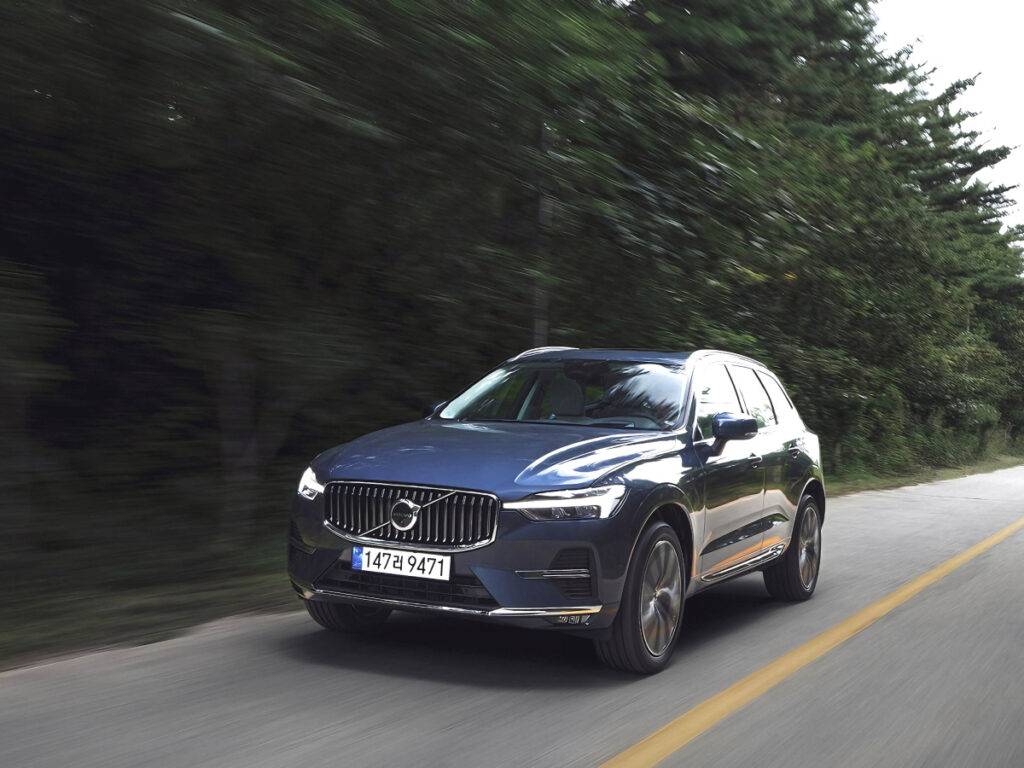

President Donald Trump’s automotive tariff policies will reduce global car production by 2025. S&P Global Mobility forecasts global car production will drop to 87.9 million units in 2025, a 2% decrease. This reduction of 1.55 million vehicles surpasses Japan’s annual car exports to the U.S. of 1.4 million units.

If S&P Global Mobility’s forecast holds, 2025 will be the second consecutive year of declining global car production. The U.S. is the second-largest automobile market globally, with annual sales of about 16 million units. Nikkei Asia reports that 50% of new cars and 30-60% of auto parts are imported. North American auto production is expected to drop by 9% this year, with U.S. sales projected to decline by 3%.

Trump’s tariff policies drive up prices for imported cars and parts, potentially reducing U.S. consumers’ purchasing power.

In response to Trump’s tariff policies, automakers are adapting. Volvo will produce its XC60 and XC90 hybrid models in the U.S., while Honda shifts Civic hybrid production there. Mercedes-Benz and Audi are considering U.S. production expansions, but this may take years. Audi and Jaguar Land Rover have halted U.S. exports to deplete inventory, and Mercedes-Benz withdrew its annual profit forecast, citing significant uncertainty.

Trump claims tariffs will create jobs, but the auto industry faces potential job losses. The U.S. auto sector, supporting 10 million jobs, may see negative impacts from production declines and sales slumps due to tariffs.
Mazda offers voluntary retirement packages to 500 workers at its Japanese plant, as global supply chain disruptions intensify.
S&P Global Mobility forecasts a 1% increase in China’s production for 2025, fueled by semiconductor and electronic component suppliers. Trump’s tariff policies are likely to create uncertainty and production declines in the global auto market, rather than creating U.S. jobs.
























